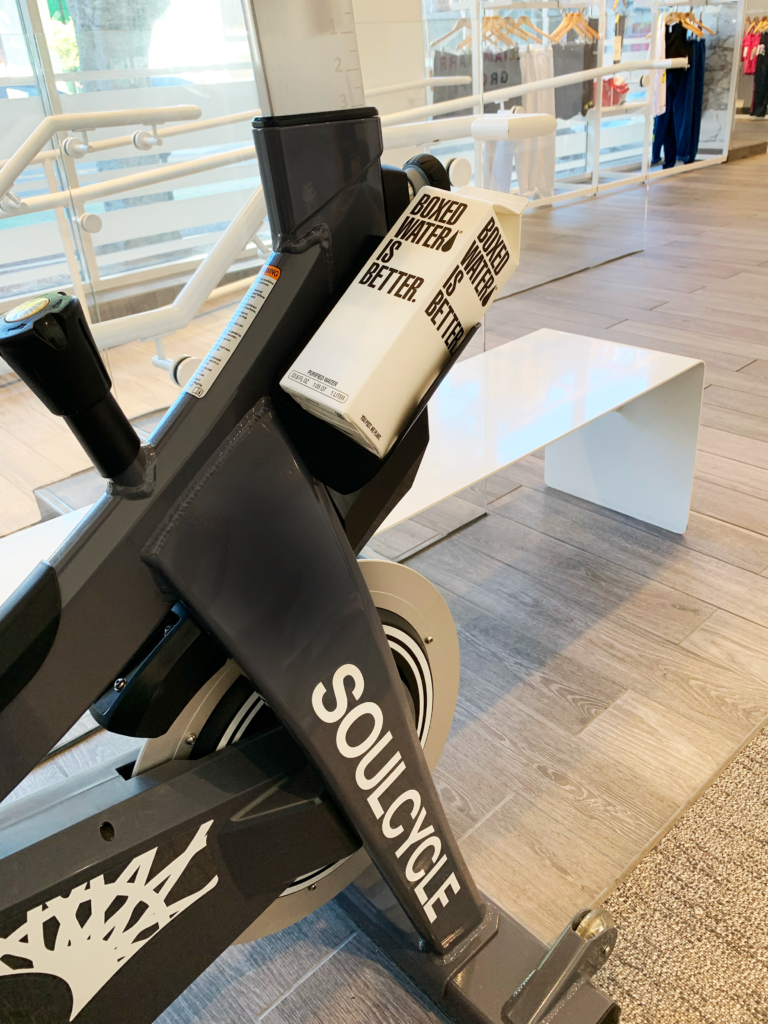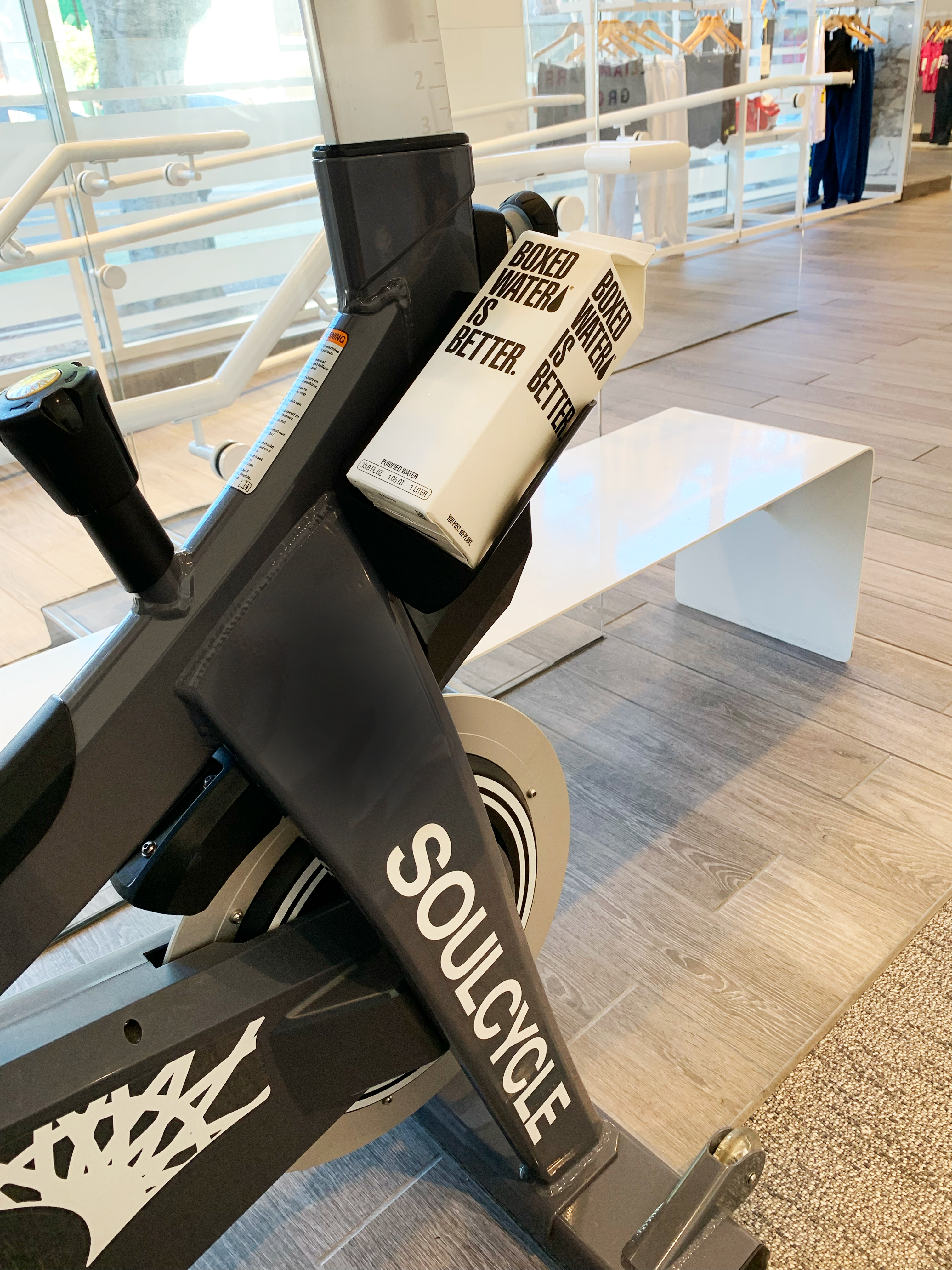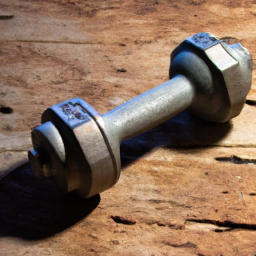In “The Science Behind Progressive Overload: Optimizing Your Workout Routine,” you will discover the secrets behind achieving the best results from your fitness regimen. By understanding the concept of progressive overload, you can take your workouts to the next level and achieve your fitness goals more efficiently. Whether you’re a beginner or a seasoned athlete, this article will provide valuable insights into how to structure your workouts for maximum effectiveness. Get ready to optimize your workout routine and see the amazing benefits of progressive overload in action.

Understanding Progressive Overload
Progressive overload is a fundamental principle in fitness training that involves gradually increasing the demands placed on the body to stimulate growth and improvements in performance. By consistently challenging your muscles, cardiovascular system, and overall physical capacity, you can achieve greater strength, endurance, and overall fitness. The concept of progressive overload is based on the idea that the body needs to adapt to new stimuli in order to continue progressing and achieving new goals.
The Concept of Progressive Overload
Progressive overload refers to the systematic and gradual increase in the intensity, duration, or volume of exercise over time. It involves pushing your body slightly beyond its current capabilities in order to stimulate adaptation and progress. This principle can be applied to various aspects of fitness, including strength training, bodyweight exercises, and cardiovascular training. By progressively challenging your body, you can continue to make gains in strength, endurance, and overall fitness.
Why Is Progressive Overload Important in a Workout Routine?
Incorporating progressive overload into your workout routine is essential for continued progress and improvements in fitness. When you perform the same exercises with the same intensity and volume, your body eventually adapts to the stimulus, resulting in a plateau in performance. By implementing progressive overload, you continuously challenge your body and force it to adapt to new stimuli. This leads to improvements in muscular strength, endurance, cardiovascular fitness, and overall performance.
Adapting to Progressive Overload Over Time
As you progressively overload your body, it’s important to recognize that your body will adapt and become more resilient. What was once challenging may become easier as your muscles become stronger, your cardiovascular system becomes more efficient, and your endurance improves. This means that you will need to gradually increase the demands placed on your body to continue making progress. By consistently adapting your workout routine to accommodate for these changes, you can ensure continued growth and improvement.
Principles of Progressive Overload
There are several key principles of progressive overload that can be applied to different aspects of fitness training. These principles include increasing resistance, increasing repetitions, increasing volume, and increasing frequency.
Increasing Resistance
One of the most straightforward ways to implement progressive overload is by increasing the amount of weight or resistance used during strength training exercises. This requires your muscles to work harder and adapt to the increased demands, leading to greater strength gains.
Increasing Repetitions
Another way to challenge your muscles and promote progress is by increasing the number of repetitions performed during an exercise. By gradually increasing the number of reps you can complete with good form, you can improve muscular endurance and promote muscle growth.
Increasing Volume
Increasing volume refers to performing a greater total amount of work during a workout. This can be achieved by either increasing the number of sets and reps for each exercise or by adding additional exercises to your routine. By progressively increasing the volume of your workouts, you can stimulate greater muscle growth and increase overall fitness.
Increasing Frequency
Increasing the frequency of your workouts involves gradually increasing the number of training sessions you do in a given period. This can be particularly effective for cardiovascular training, as it allows for more opportunities to challenge your cardiovascular system and improve endurance. However, it’s important to listen to your body and ensure you have adequate recovery time between sessions to prevent overtraining.
Benefits of Progressive Overload
Implementing progressive overload into your workout routine offers a wide range of benefits that can help you achieve your fitness goals.
Improved Strength and Muscle Growth
By consistently challenging your muscles and forcing them to adapt to increased demands, progressive overload can lead to improvements in muscle strength and size. This is particularly important for individuals looking to build muscle mass and increase overall strength.
Increased Metabolic Rate and Calorie Burn
As you progressively overload your body, you will likely increase the intensity and volume of your workouts. This can lead to an increase in your metabolic rate, meaning you burn more calories both during and after your workout. This can be beneficial for individuals looking to lose weight or maintain a healthy body composition.
Enhanced Cardiovascular Endurance
Implementing progressive overload into your cardiovascular training can improve your overall endurance and cardiovascular fitness. By gradually increasing the duration and intensity of your cardio workouts, you can challenge your cardiovascular system and improve its efficiency.
Implementing Progressive Overload in Weightlifting
Weightlifting is a highly effective way to implement progressive overload and stimulate muscle growth and strength gains. There are a few key strategies you can use to effectively implement progressive overload in your weightlifting routine.
Choosing the Right Weight and Resistance
To effectively implement progressive overload, it’s important to choose a weight or resistance that is challenging but still allows you to maintain proper form and technique. Start with a weight that allows you to perform the exercises with good form and gradually increase the weight as you become stronger and more comfortable.
Gradually Increasing Weights and Intensity
As your muscles adapt to the weightlifting exercises, it’s important to gradually increase the weight or resistance to continue challenging your muscles and promoting progress. Aim to increase the weight by small increments, such as 5-10% per week, to avoid risking injury or overexertion.
Using Proper Form and Technique
Maintaining proper form and technique is crucial when implementing progressive overload in weightlifting. This ensures that you are effectively targeting the intended muscle groups and minimizing the risk of injury. Consider working with a fitness professional or personal trainer to learn proper form and technique for different weightlifting exercises.
Progressive Overload for Bodyweight Exercises
Bodyweight exercises can be an effective way to implement progressive overload and improve muscular strength and endurance. There are several strategies you can use to progressively challenge your body with bodyweight exercises.
Adjusting Leverage and Body Position
By adjusting your body’s leverage and position, you can increase the difficulty of bodyweight exercises and stimulate muscle growth. For example, performing push-ups with your feet elevated on a bench or performing squats on one leg can increase the demands placed on your muscles.
Adding Complexity and Variations
Adding complexity and variations to bodyweight exercises can also help implement progressive overload. This can involve performing exercises on unstable surfaces, such as a stability ball or Bosu ball, or incorporating explosive movements, such as plyometric exercises.
Using Tempo and Time Under Tension
Another way to implement progressive overload in bodyweight exercises is by manipulating the tempo or time under tension. Slowing down the tempo of the exercise and focusing on controlled movements can increase the difficulty and challenge your muscles.
Progressive Overload in Cardiovascular Training
Progressive overload can also be applied to cardiovascular training to enhance endurance and overall cardiovascular fitness. There are several strategies you can use to gradually increase the demands placed on your cardiovascular system.
Gradually Increasing Duration and Intensity
One of the simplest ways to implement progressive overload in cardiovascular training is by gradually increasing the duration and intensity of your workouts. This could involve adding a few extra minutes to your run or gradually increasing the resistance and speed on a stationary bike or elliptical machine.
Incorporating Interval Training
Interval training involves alternating between periods of higher intensity exercise and periods of lower intensity or rest. This can be an effective way to implement progressive overload in cardiovascular training, as it challenges your cardiovascular system to adapt to different levels of intensity.
Monitoring Heart Rate and Perceived Exertion
Tracking your heart rate and perceived exertion during cardiovascular workouts can help you implement progressive overload and ensure that you are consistently challenging your cardiovascular system. Aim to gradually increase your heart rate and exertion levels over time to stimulate adaptation and improvements in cardiovascular fitness.
Avoiding Plateaus and Overtraining
While progressive overload is crucial for continuous progress and improvements in fitness, it’s important to avoid plateaus and overtraining. Here are a few strategies to help you prevent these issues:
Periodizing Your Workout Routine
Periodization involves dividing your training into specific phases or cycles, each with a specific goal. This allows for variation in intensity, volume, and focus throughout the year, preventing plateaus and promoting continued progress.
Ensuring Adequate Rest and Recovery
Rest and recovery are essential components of any training program. Overtraining can lead to decreased performance, increased risk of injury, and other negative effects. Listen to your body and make sure you have rest days scheduled into your routine.
Listening to Your Body’s Signals
Pay attention to your body’s signals and adjust your training accordingly. If you are consistently fatigued, experiencing pain, or lack motivation, it may be a sign that you need more rest or a modification in your training routine.
Progressive Overload for Different Fitness Goals
Progressive overload can be adapted to different fitness goals. Whether you’re looking to build strength and muscle mass, improve endurance and cardiovascular health, or enhance flexibility and mobility, implementing progressive overload can help you achieve your goals.
Building Strength and Muscle Mass
To build strength and muscle mass, focus on gradually increasing the weight or resistance used during strength training exercises. Aim for higher intensity workouts with fewer repetitions and longer rest periods to allow for muscle recovery and growth.
Improving Endurance and Cardiovascular Health
For individuals looking to improve endurance and cardiovascular health, focus on gradually increasing the duration and intensity of cardiovascular workouts. Incorporate interval training and aim for longer duration workouts to challenge your cardiovascular system and improve endurance.
Enhancing Flexibility and Mobility
Progressive overload can also be applied to flexibility and mobility training. Gradually increase the duration and intensity of stretching exercises, incorporate dynamic movements, and try new stretching techniques to challenge and improve your flexibility over time.
The Role of Nutrition in Supporting Progressive Overload
Proper nutrition is essential for supporting progressive overload and maximizing your results. Here are a few key considerations when it comes to nutrition and progressive overload:
Consuming Adequate Calories and Macronutrients
To support progressive overload, you need to provide your body with the fuel it needs to recover and grow. Make sure you are consuming enough calories, as well as adequate amounts of protein, carbohydrates, and healthy fats to support muscle recovery and growth.
Timing Protein Intake for Muscle Recovery and Growth
Protein is particularly important for muscle recovery and growth. Aim to consume a source of protein within 30-60 minutes after your workout to provide your muscles with the necessary nutrients to repair and grow.
Staying Hydrated to Optimize Performance
Proper hydration is crucial for optimizing performance and supporting overall health. Be sure to drink enough water throughout the day, especially before, during, and after your workouts, to prevent dehydration and promote optimal performance.
Measuring Progress and Tracking Results
In order to effectively implement progressive overload, it’s important to measure your progress and track your results over time. Here are a few strategies to help you do this:
Keeping a Workout Journal or Log
Keeping a workout journal or log allows you to track the exercises, sets, reps, and weights used during each workout. This helps you identify trends, monitor progress, and make adjustments to your training routine.
Tracking Performance Metrics
In addition to keeping a workout journal, tracking specific performance metrics can help you measure progress and identify areas for improvement. This could include tracking your one-rep max for certain exercises, tracking your running pace or distance, or monitoring improvements in flexibility or mobility.
Using Technology and Fitness Apps
There are numerous fitness apps and wearable devices available that can help you track and measure your progress. These tools can provide valuable insights into your workouts, help you set goals, and stay motivated.
In conclusion, the concept of progressive overload is essential for optimizing your workout routine and achieving your fitness goals. By consistently challenging your body and gradually increasing the demands placed on it, you can stimulate growth, improve strength and endurance, and enhance overall fitness. Whether you’re lifting weights, performing bodyweight exercises, or engaging in cardiovascular training, implementing progressive overload can lead to significant improvements in your fitness journey. Remember to listen to your body, monitor progress, and adjust your training and nutrition as needed to support continuous progress and success.




